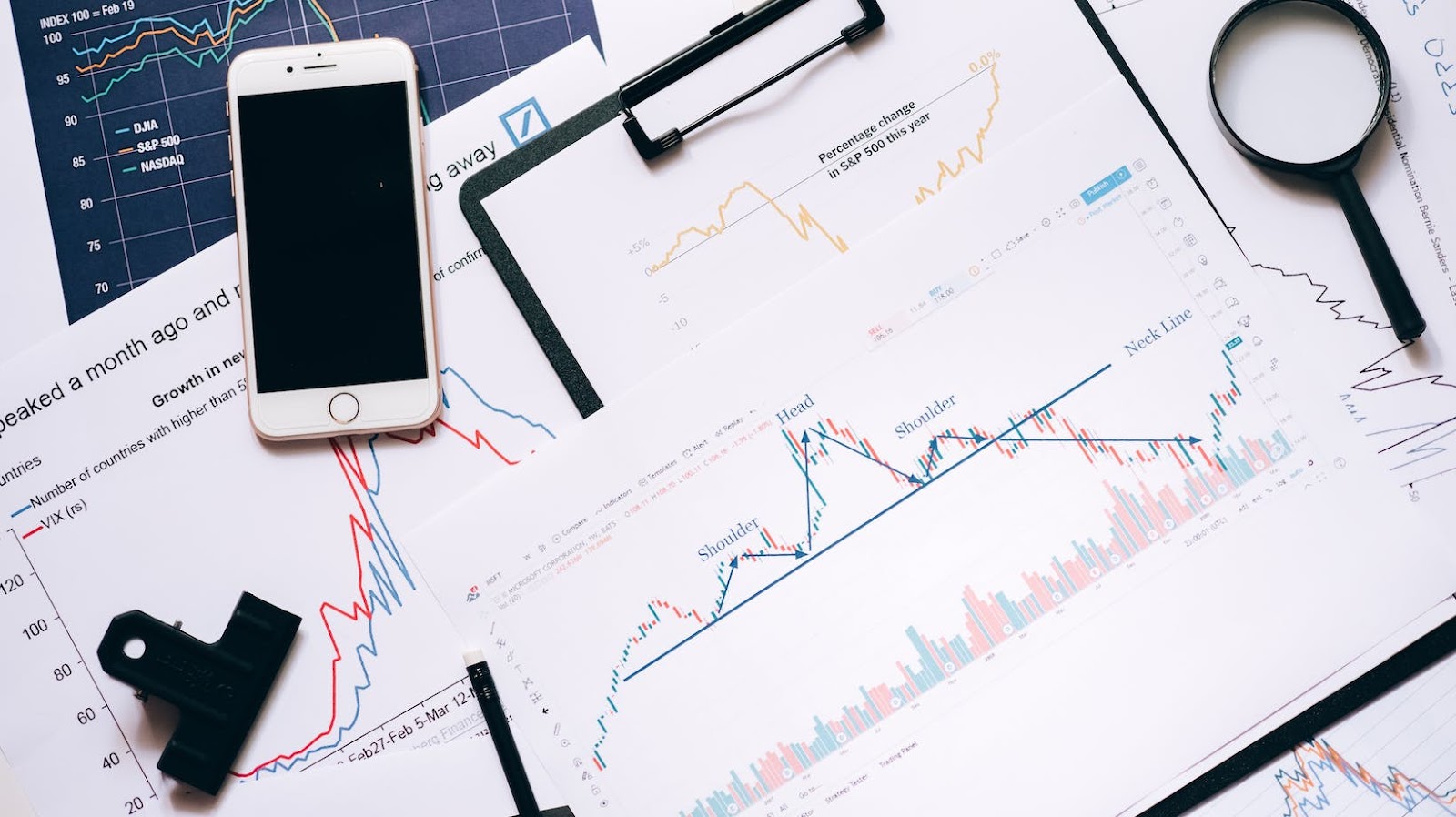What is a Scenario Summary Report?
In the world of data analysis and reporting, a scenario summary report plays a crucial role in presenting information in a concise and informative manner. But what exactly is a scenario summary report? Let’s dive deeper to gain a better understanding.
A scenario summary report is a comprehensive overview of different scenarios that allows for comparison and contrast of various possibilities. It presents data, findings, and insights in a clear and structured format, making it easier for stakeholders to grasp the key information quickly.
Purpose
The purpose of a scenario summary report is to provide a comprehensive analysis of different scenarios pertaining to a specific topic or project. It aims to help decision-makers understand the potential outcomes and impacts of each scenario, aiding them in making informed and strategic decisions.
Benefits
Creating a scenario summary report offers several benefits, including:
- Clarity and Focus: By summarizing multiple scenarios in a single report, the reader can easily compare and contrast the key elements of each scenario, ensuring a clear understanding of the potential outcomes.
- Simplification of Complex Data: A scenario summary report condenses complex data and findings into a simplified and digestible format. This allows stakeholders to grasp the essence of the information without being overwhelmed by excessive details.
- Efficient Decision-Making: By presenting various scenarios side by side, decision-makers can evaluate the advantages, disadvantages, and risks associated with each option. This facilitates efficient decision-making and minimizes the chances of overlooking critical factors.
- Improved Stakeholder Communication: A well-crafted scenario summary report can effectively communicate the findings to stakeholders, fostering a clearer understanding and alignment of goals and objectives.
- Mitigation of Risks: Analyzing multiple scenarios and their potential outcomes helps identify and mitigate potential risks and challenges. This proactive approach enables organizations to develop contingency plans and adapt strategies accordingly.
A scenario summary report serves as a powerful tool for analyzing and presenting data in a concise and informative manner. By providing a comprehensive overview of different scenarios, it helps stakeholders make informed decisions and navigate through complexities with ease.
Create a Scenario Summary Report. Accept the Recommended Results Cells
When creating a scenario summary report, there are several best practices to keep in mind to ensure that the information is presented effectively. In this section, we will discuss some key practices that can help you create a compelling and informative summary report.
Use Clear and Concise Language
It is vital that the language used in the scenario summary report is clear and concise. Decision-makers often have limited time to review the report, so it is essential to convey the information in a straightforward manner. Avoid using technical jargon and complex terminology, opting instead for simple and easily understandable language.
Additionally, consider using bullet points and short sentences to break down information into bite-sized pieces. This approach helps to improve readability and makes it easier for decision-makers to grasp the key insights without getting overwhelmed by lengthy paragraphs.
Include Relevant Visualizations and Charts
Visualizations and charts can significantly enhance the understandability of the scenario summary report. Instead of relying solely on text, incorporate relevant visual elements to present data in a more engaging way. This can include graphs, charts, diagrams, and other visual representations.
It’s important to choose the right visualizations that effectively communicate the data. Bar charts, line graphs, and pie charts are commonly used for showcasing quantitative data, while flowcharts and decision trees can be used to illustrate complex processes or relationships.
Remember to label the axes, use appropriate colors, and provide clear legends that guide the reader in interpreting the visualizations. Visuals should be used strategically to highlight key findings and insights, providing a visual reference for decision-makers.
Review and Validate the Data
Before finalizing the scenario summary report, it is crucial to review and validate the data used in the analysis. This includes cross-checking the sources, verifying the accuracy of calculations, and ensuring that the data is up to date.
By conducting a thorough review, you can identify any potential errors or inconsistencies and rectify them before presenting the information. This not only improves the credibility of the report but also helps decision-makers make informed choices based on accurate and reliable data.
Collaborate with Stakeholders
Collaboration with stakeholders is an essential aspect of creating a scenario summary report. By involving relevant stakeholders throughout the process, you can gather valuable insights, obtain their perspectives, and ensure that the report aligns with their needs and expectations.
Engage stakeholders in discussions, workshops, and review sessions to gather their input and feedback. This collaborative approach enhances the robustness of the report and increases the chances of its acceptance and adoption by decision-makers.
By leveraging the expertise and knowledge of stakeholders, you can create a scenario summary report that is comprehensive, well-rounded, and tailored to the specific needs of your organization.


